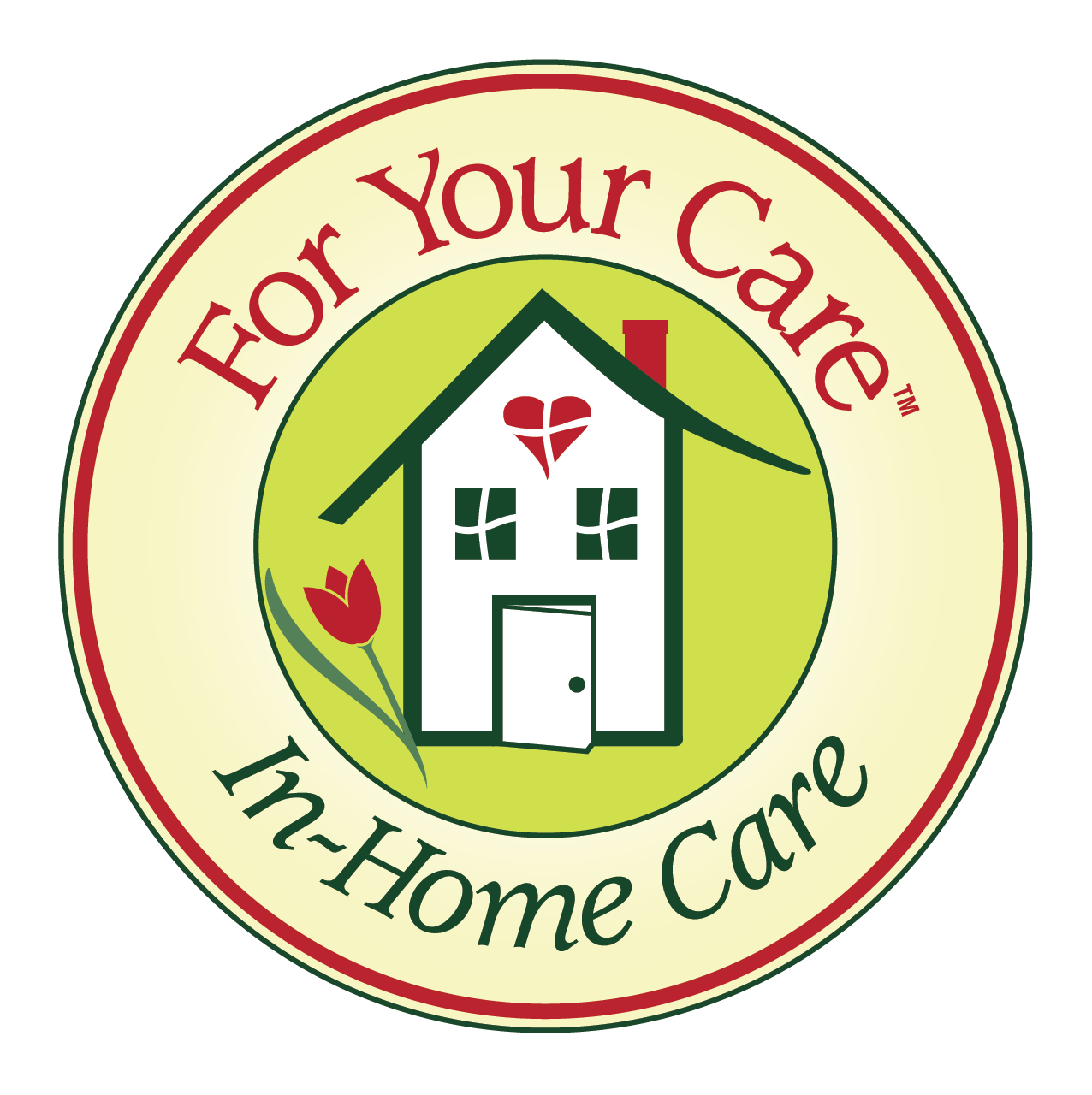Preventing Falls at Home
Falling is one of the most significant risks facing aging adults.
These incidents can result in broken bones, fractures and head injuries. Because many seniors are already being treated for various conditions, adding another can elicit serious complications. For example, those taking blood thinners can have severe bleeding into the brain after experiencing head trauma. Additionally, physical and psychological factors related to falling once can further hinder victim’s mobility and increase the chances of a second incident.
Falling: Facts, Causes and Prevention
Facts on Falling in Seniors 65 or older in the state of New Mexico:
- Leading cause of injury related deaths, ER visits and hospitalizations
- New Mexico ranks as one of the highest in the nation for fall related deaths
Nationwide Falls are the greatest health risk for seniors and the number one reason for accidental deaths.
- 1 of 3 seniors age 65 and older fall every year
- Every 29 minutes a senior dies from a fall related injury
- Every 14 seconds a senior is admitted to an Emergency Room due to a fall
- 85% of all injury related hospital admissions are from a fall
- 20% die from a hip fracture within one year -- mostly women due to osteoporosis
- 25% who were independent have to stay in a nursing home up to 1 year
The CDC Estimates That By 2020
- Falls may cost the nation $43.8 billion in direct and indirect costs.
- 37 million seniors, over 65, injured by falling
- In 10 years baby boomers will be 20% of the population over age 65
Source: Facts are from CDC Website/NM Governor’s office
Common Reasons For Falling:
Fear of Falling especially those who have already suffered a fall
Distractions causes falls - think about every movement
Shuffling (tripping)
Weakness
Concentration on not falling
Changes in walking speed and stride
Muscle Weakness
Balance impairments, lack of strength and balance in the legs,
Lower confidence in balance skills
Foot problems
Medical conditions -- Diabetes, Cardiovascular disease, Musculoskeletal disorders
Neurological disorders, Respiratory problems, Thyroid disease.
Sleep problems, sleep apnea, drowsiness
Osteoporosis
Poor memory
Dizziness
Loss of Coordination
Reduced awareness of limitations contribute to falls
Delayed reactions
Trip Hazards:
Remove Clutter
Remove electrical cords that cross the path
Loose unattached rugs — use non-slip rugs and firmly attach carpeting
Protruding, unsteady furniture
Small Pets
Loose shoes - wear non slip shoes, avoid slippers
Slippery Floors
Safety Precautions:
Physical therapy: in-home therapy covered by Medicare
Review your medications with your physician
Have your vision checked and update your glasses
Improve lower body strength
Simple exercises can help for instance tai chi twice a week can improve balance
Keep home well lit, use brighter light bulbs, night lights
Do not lean to reach, place one foot in front of another, hold bags against body
Be extra cautious when using stairs. If you think you are going to fall backwards, sit-down
Mark uneven floors with tape to remind you to step up or down
Bathroom Related Suggestions — most falls are in the bathroom
-
Install handrails next to bathtub and toilet,
-
Install grab bars entering the shower and in shower (not smooth rails)
-
Secure bathmats or get non-slip rugs
-
Sit on a chair when taking a shower, use a hand-held shower head
Limit alcohol use
Install Lifeline to call for help incase of a fall
Ask for help
